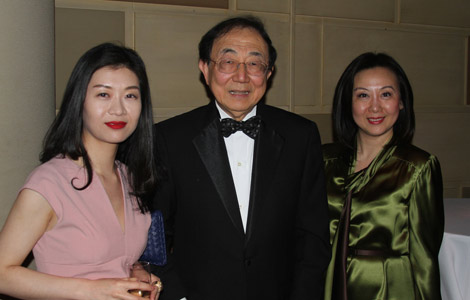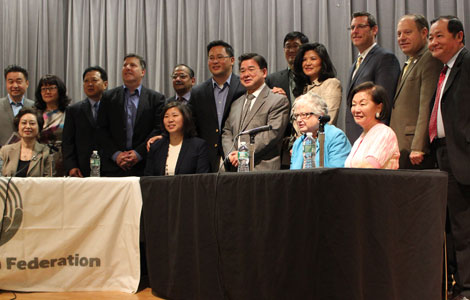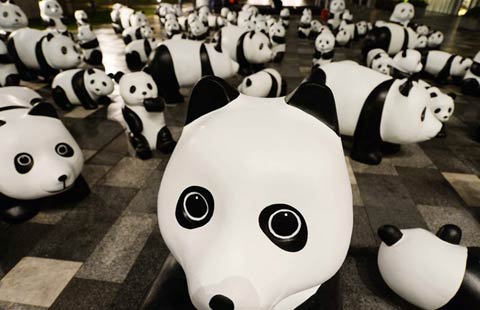Naval drill may calm choppy ties with the US
Updated: 2014-06-05 11:07
By Pu Zhendong in Beijing and Chen Weihua in Washington (China Daily USA)
|
||||||||
Event highlights positive interaction between Beijing and Washington
China's participation in the upcoming Rim of the Pacific naval drill could mean smoother sailing for relations that have been through some choppy seas recently.
Just days ago, US Secretary of Defense Chuck Hagel accused China of destabilizing regional waters, but the drill, to start later this month, may provide an opportunity for both countries to better utilize channels of communication, analysts said.
In the past, military exchanges have been on and off with fluctuations in the relationship. China's plan to stick to its plan to participate in the drill despite the indictment of five People's Liberation Army (PLA) officers by the US Justice Department for alleged cyber theft has been seen as a sign of maturity in the bilateral relationship.
Four Chinese vessels, including one home-developed destroyer, will make their debut at the US-led Rim of the Pacific exercise - the world's largest naval war games - also known as RIMPAC.
The PLA Navy will send destroyer Haikou, frigate Yueyang, supply ship Qiandaohu and hospital ship Peace Ark to the drill.
Zhang Junshe, a researcher at the People's Liberation Army Naval Military Studies Research Institute, said: "The Chinese task force, which includes major advanced vessels for combat operations, has shown Beijing's goodwill and sincerity regarding the exercise."
He said the destroyer and the frigate are excellent examples of Chinese naval surface ships, and the Peace Ark has vast experience in international humanitarian aid programs in Africa and other Asian countries.
The Chinese task force will mainly participate in activities targeting nontraditional security threats, through which the Chinese and US navies will enhance their capabilities to jointly tackle these common challenges, Zhang said.
The exercise, from June 26 to Aug 1, will take place in and around the Hawaiian islands under the theme of "Capable, Adaptive, Partners" and will be the first time that China has participated in the biennial exercises, which began in 1971.
The drill will involve 47 ships, six submarines, more than 200 aircraft and 25,000 personnel from 23 countries. It claims to help participants foster and sustain cooperative relationships that are critical to ensuring the safety of sea lanes and security on the oceans.
It will be the first time for China to participate in the RIMPAC, after former US Defense Secretary Leon Panetta extended an invitation during his visit to China in September 2012.
Xu Qiyu, a researcher at the National Defense University of the PLA, said China's participation has highlighted the positive interaction between Beijing and Washington, as well as the country's determination to contribute more to multilateral security frameworks.
"In this exercise and many joint exercises from now on, China and the US should learn from each other instead of perceiving each other as opponents. Communication can help avoid miscalculation," Xu said.
"The two countries will also need to expand their substantial cooperation in traditional security areas," he added.
According to the announcement, participants will conduct disaster relief and maritime security operations as well as complex maritime maneuvers.
The drill will examine the ability to conduct amphibious operations, as well as missile, anti-submarine and air defense exercises with a focus on counter-piracy and mine clearance operations, explosive ordnance disposal and diving and salvage operations.
China and the US have maintained frequent military exchanges since Chinese President Xi Jinping and US President Barack Obama vowed to build more communicative military relations at Sunnylands, California, last June.
Zhao Weibin, a researcher at the Center for China-US Defense Relations at the PLA Academy of Military Science, said: "One positive signal is that the number of joint exercises between China and the US has multiplied in the past few years.
"It helps overcome communication difficulties between the two militaries and the vulnerability of overall China-US relations," Zhao said.
During PLA Chief of General Staff Fang Fenghui's visit to Washington in May, China and the US agreed to hold consultations on setting up a mechanism for notification of major military actions, as well as a code of conduct for maritime behavior.
Both countries will also upgrade the hotline between military heads into a secure video-conferencing system.
In April, during Hagel's visit to China, Beijing and Washington agreed to engage in more positive interactions in the Asia-Pacific.
Yan Xuetong, dean of the Institute of Modern International Relations at Tsinghua University, said the US has accepted China's growing capability in everything from the number of Olympic gold medals to the size of the economy, but not its growing military power, which the US has long used as an important tool to maintain its superpower status.
Michael O'Hanlon, a senior fellow at the Brookings Institution, said China has played a positive role in world peace, stability and prosperity and since 2008, China's growth has been a major dynamic of the world's economy and has helped the world to avert a great disaster.
"The US should be probably more appreciative of what China has done, while China should be more appreciative of what the US has done," he said at a recent talk at the Brookings-Tsinghua Center.
"If the two countries can be more appreciative of the other sides' good doings, we may have a more positive feeling of each other," O'Hanlon said.
Contact the writers at puzhendong@chinadaily.com.cn and chenweihua@chinadailyusa.com
(China Daily USA 06/05/2014 page1)
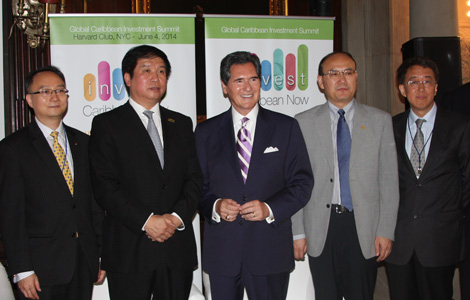
 Caribbean overlooked for investing, tourism: panel
Caribbean overlooked for investing, tourism: panel
 Low carbon never means low fun
Low carbon never means low fun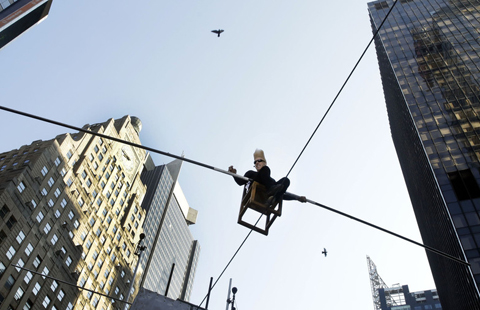
 Times Square feat kicks-off summer of stunts
Times Square feat kicks-off summer of stunts
 Graduate wins ticket to go to China's American Idol
Graduate wins ticket to go to China's American Idol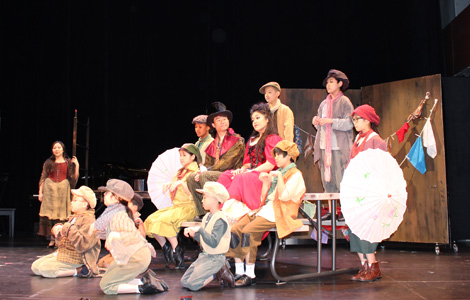
 Chinese-American kids win roles in Oliver!
Chinese-American kids win roles in Oliver!
 Teaching Chinese children self-esteem through dance
Teaching Chinese children self-esteem through dance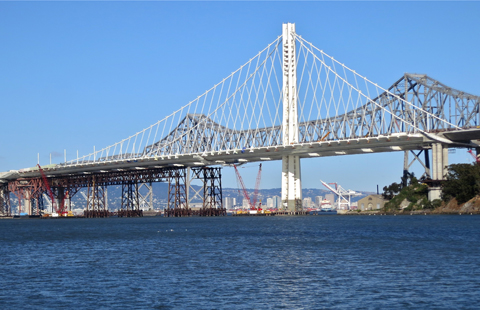
 New Bay Bridge woes called 'maintenance'
New Bay Bridge woes called 'maintenance'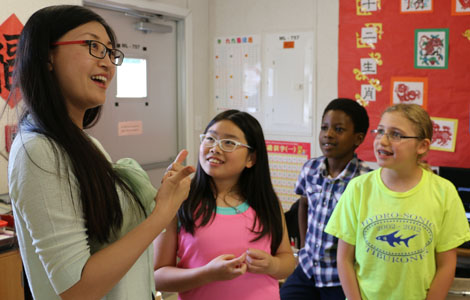
 Students find Shanghai 'cooler' than New York City
Students find Shanghai 'cooler' than New York City
Most Viewed
Editor's Picks
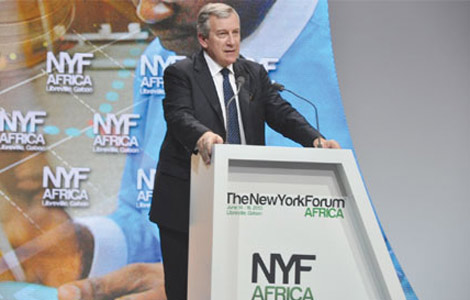
|

|
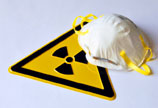
|

|
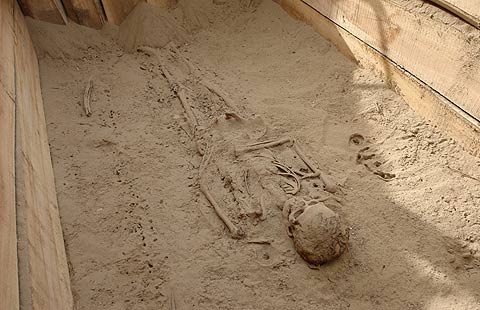
|
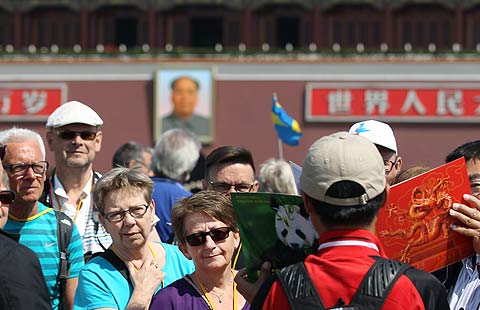
|
Today's Top News
Naval drill may calm choppy ties with the US
Lenovo: Cyber issues won't derail IBM deal
G7 stops short of endorsing Japan's anti-China rhetoric
Putin responds to 'aggressive' US
G7 willing to step up sanctions on Russia
Germany investigates alleged NSA Merkel phone tap
NASA urged to reexamine China policy
Drill may calm choppy ties with US
US Weekly

|

|
